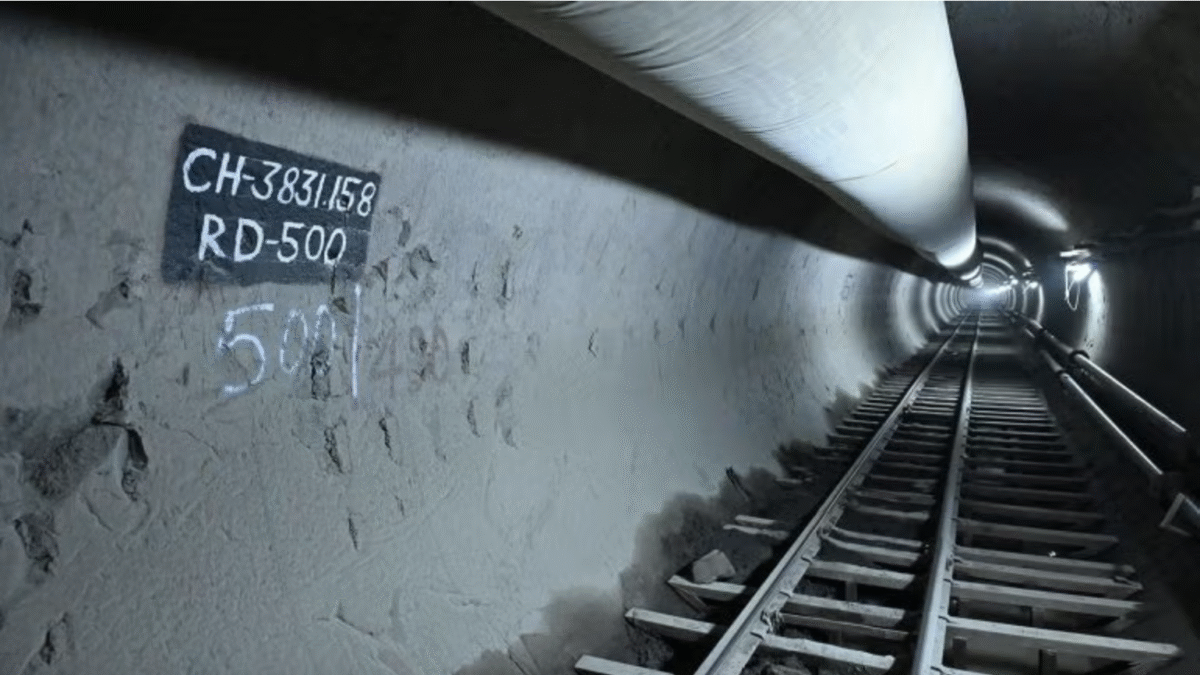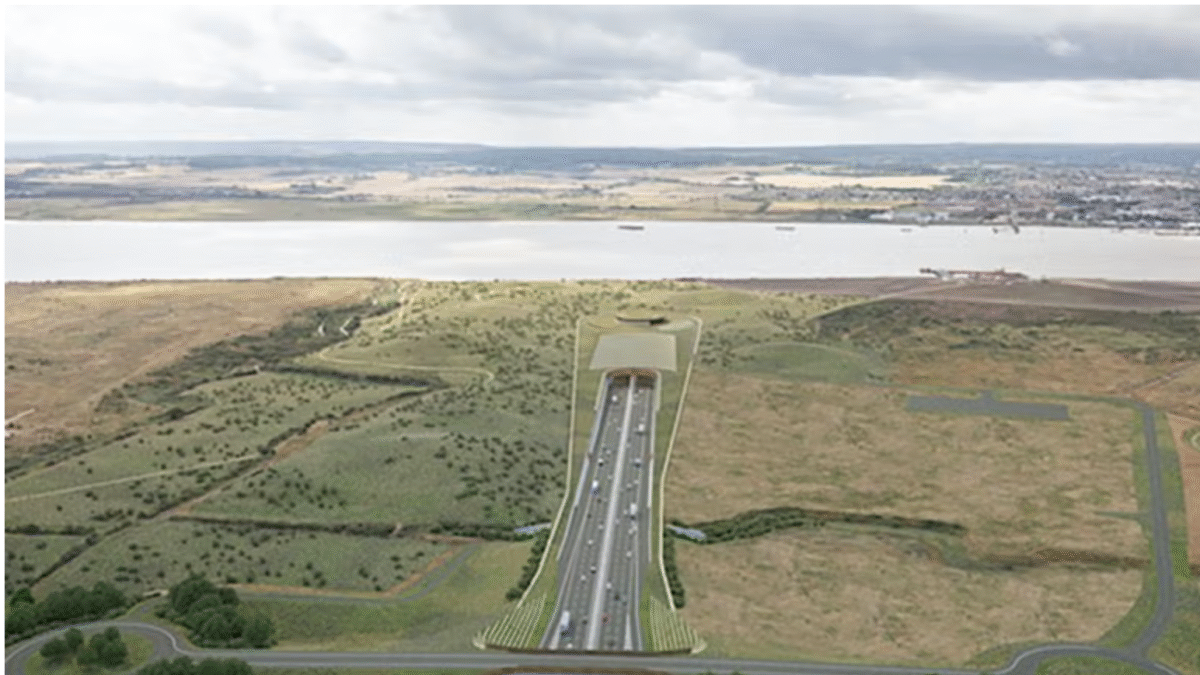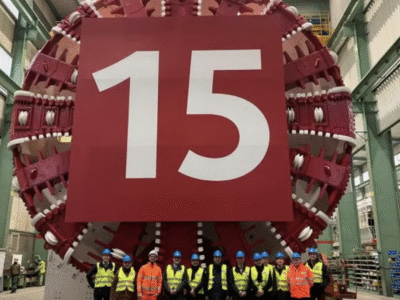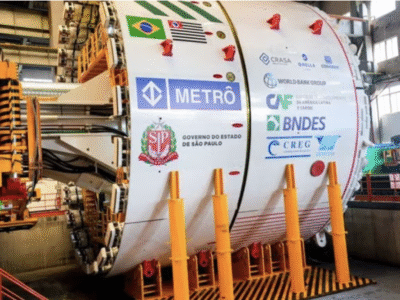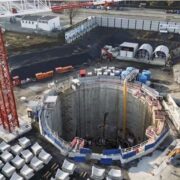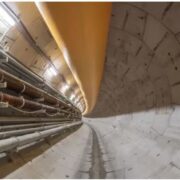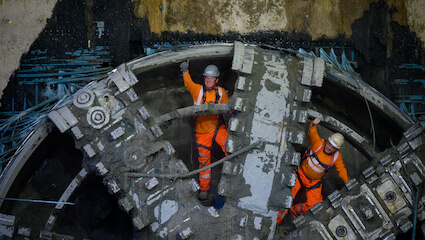
The TBM building HS2’s Atlas Road Logistics Tunnel has broken through at Old Oak Common station – marking a key milestone in plans to eventually carry the high-speed railway into central London.
TBM Lydia finished its journey into the station box in a move that completes the construction of the Atlas Road Logistics Tunnel.
The 853m-long tunnel, which runs from the Atlas Road logistics hub, will carry materials for construction of the line eastwards towards Euston, once the government gives its go-ahead.
In March last year, the government announced it was prioritising the high-speed line between Birmingham and Old Oak Common in west London, rather than the service running to Euston Station in central London. The two Herrenknecht TBMs supplied for the Euston Tunnel will be launched this year and stored under Old Oak Common Station.
HS2’s London tunnels contractor, Skanska Costain Strabag joint venture (SCS JV), constructed the logistics tunnel using a TBM made from components repurposed from a machine previously used to construct London’s Elizabeth Line.
TBM Lydia broke through into the eastern end of the Old Oak Common underground station box, which is currently under construction by a separate joint venture – Balfour Beatty Vinci Systra (BBVS JV). SCS JV will lower the two Euston Tunnel TBMs into the box and assemble them; BBVS JV will seal the box and continue to construct HS2’s super-hub station.
HS2 project client director Malcolm Codling said: “Completion of the Atlas Road Logistics Tunnel takes us closer along our journey to bring HS2 into central London at Euston.”
Over the past nine months, TBM Lydia has removed 62,000 tonnes of London clay, which will be reused around the UK, and has installed 535 concrete rings. The segments for the tunnel rings were manufactured by Pacadar UK in Kent.
A team of 100 has been working around the clock to complete the tunnel, working in shifts to operate the TBM and the above ground operations.
The logistics tunnel will be used to deliver materials to the two Euston Tunnel TBMs, including over 56,000 concrete tunnel segments manufactured by Strabag in Hartlepool, and take away the London clay excavated.
Bringing in materials by road and removing the excavated spoil for the Euston Tunnel would have been logistically challenging and had significant impact on local roads and on the work to construct the station. Once the Euston Tunnel is complete and the railway is operational, the logistics tunnel will be backfilled.
“The completion of the Atlas Road Logistics Tunnel paves the way for us to deliver our London tunnels programme to Euston. The tunnel supports our continued commitment to reducing cost and carbon by removing one million lorry journeys off London’s roads,” said SCS JV managing director James Richardson.
Following the government’s announcement of its Network North programme in October, prioritising transport projects outside London, alternative funding arrangements for the delivery of Euston station are being considered. However, work is continuing with the preparations and design of the railway between Old Oak Common and Euston.
Elsewhere on HS2 work is progressing. The Chiltern Tunnel TBMs are due to complete their work by spring – the second twin bored tunnel to be built, alongside the Long Itchington Tunnel. Further north, HS2 is working to complete the Bromford Tunnel. On the Northolt Tunnel in London, the final pair of four TBMs are about to be launched from the Victoria Road Crossover Box in Ealing. TBMs Sushila and Caroline started work on the 13.5km tunnel in November 2022


